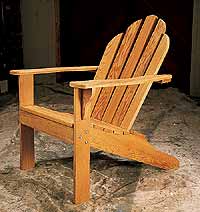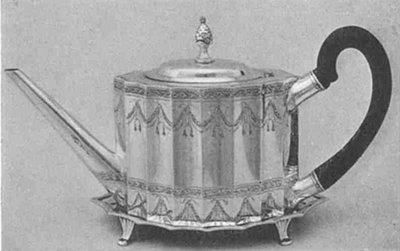Way back when I was involved in that now infamous internet Art chat, one of the other members who went by the name Johnny Rotten brought up an interesting point. During the period of time when Mozart and Beethoven were burning up the charts with such ditties as Clarinet Concerto in A major and Piano Sonata No. 8 in C minor, there was a widely acceptable practice termed “Theme and Variation”. To take an existing melody and vary it to the new composer’s ideas was a perfectly acceptable practice. It wasn’t considered plagiarism at all. And because these “craftsmen” were appending these tunes for King and Country, they would have balked at considering themselves artists. But would they have been correct?

Mozart could call himself anything he wanted, and if he wanted to say he wasn’t an artist, well, good for him. Like I said, the meaning of the word Art, as well as artist, isn’t always clear in daily usage. But he’s dead, and he didn’t read the definition of Art I proposed in the beginning of this diatribe. Was Mozart creating an interpretation of Mozart’s own universe? Surely not, if he was just swiping from someone else, right?
The answer to the question at hand lies in the word “variation”. Mozart didn’t just grab some melody that was floating in the air and present it as his own. If that was all any of the classical composers did, then all of their music would have been indistinguishable. But Wolfie went one step further. He added a little bit of variation, a little bit of that Amadeus magic to those melodies and made them his own. The moment he made a conscious decision to purposely interpret the melody in a different way, he created Art. Ergo, he’s an artist - according to the definition.

So, does that mean a craftsman is someone who just makes copies? Like when Norm Abram makes a copy of a chair in his New Yankee Workshop? Well, in a sense, yeah. If artists definitely are concerned with making interpretations of their universes, then craftsmen definitely are not. And if “Nahm’s” only interested in duplicating that Adirondack chair, then he’s not interpreting his universe. He’s copying someone else’s interpretation of their universe.
Let's say that Paul makes teapots. He makes really good ones that serve their purpose well, and that purpose is to hold my tea and keep it warm. And that might be the only purpose they serve. So his goal is to make sure that each teapot he constructs is as good as the ones that he’s made before. That is his intent. There is nothing about the teapot that would indicate he had any other intentions in mind. He has honed his craft at making a really good teapot. The teapot is a work of Craft.
Suddenly Paul gets it in his mind to make something new like this:
Until...

Mr. Revere starts making copies of his new teapot. Then the new ones are no longer works of Art. These are Crafts because the intention is to make these exactly like the fancy pot he previously made, but with no variation. The opposite of Mozart’s melody. Complicated, n’est-ce pas? It gets more convoluted. Because if Paul now decides to make each teapot a different color so that they are all unique, they’re back to being Art again. “What the #$*@!?”

Like Art, Craft is a rather ambiguous term when used in everyday conversation. When artist pooh-pooh Craft it’s because they generally have it in their mind unoriginal objects that are made for mass production, and cheaply so, with little thought going into them. But the definition gets really blurry, because what appears to be Craft can become Art under certain circumstances. And Art can also become Craft as well, as seen in the example of the new teapot copies. Or not-copies. Or whatever.
“So how the hell am I supposed to know if it’s Art or Craft or what?” You might never know. The guy who is in charge of painting all of the skies in identical production line starving artist paintings might throw in an extra cloud just to exercise his inner artist. Then it becomes Art. The only way we can really know for sure whether something is Art or Craft is by asking the person who made it. Only that person can tell us if it was their intention to make something that tells us the meaning behind what they perceive in their mind, or if they meant for it merely to be a copy of something else. And sometimes we never get any clue as to whether or not an object is a work of Art or of Craft. It’s funny, how everything just ends up depending on what the motives, the intentions, of the artist are.
When it comes down to it, the differences between the two are so esoteric when looking at them in reference to the definitions I’ve used. It becomes almost useless to try to identify which is which when you don’t have all the information at hand. Feh, just go with what feels right. If you show me a photo of a teapot in a book and tell me what a wonderful work of Art it is, I won’t correct you by saying that it’s actually a representation of Art and therefore a copy, and is really Craft. I’ll smile and nod because I’ll understand what you’re talking about.

Next time: The End of Art?



No comments:
Post a Comment